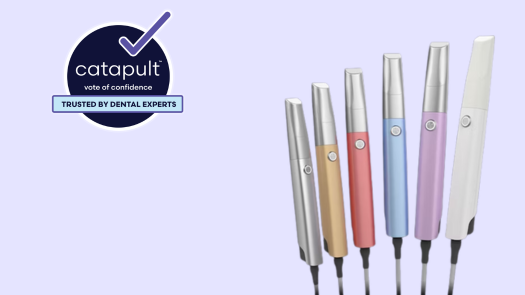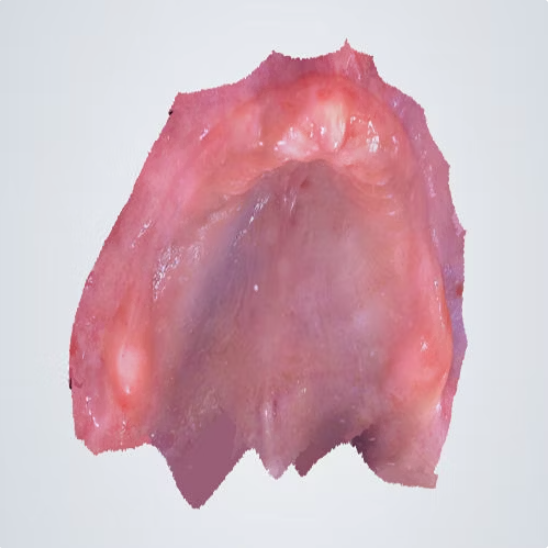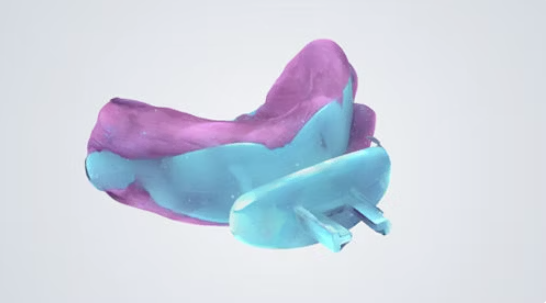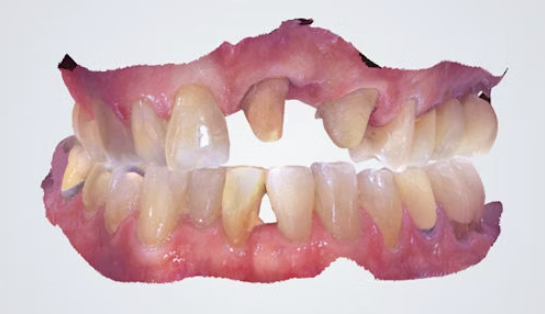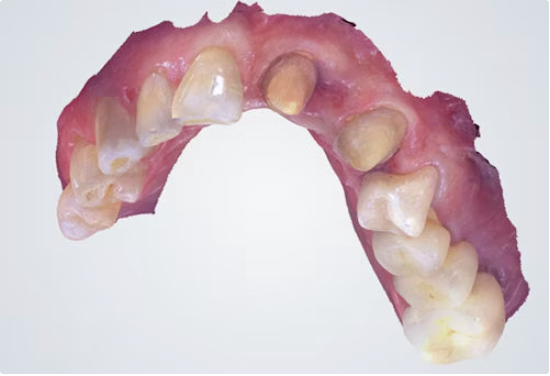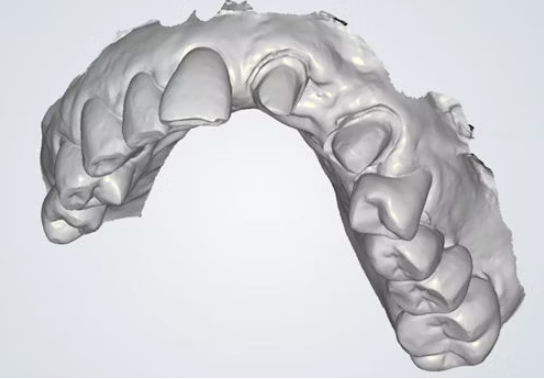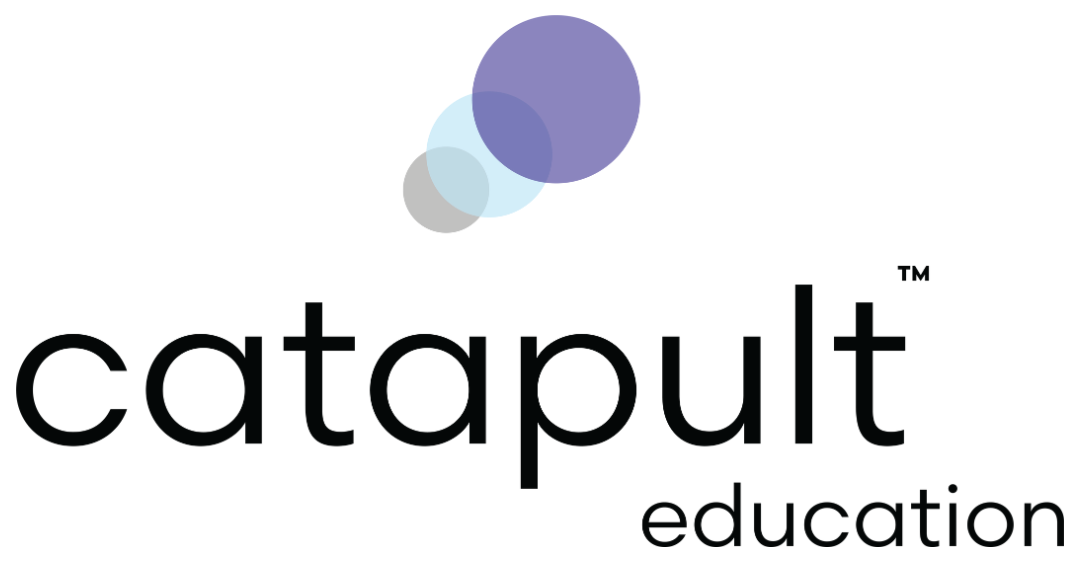Precision Without the Premium: The Future of Digital Scanning
Digital scanning is no longer a luxury reserved for large, high-tech practices-it has become an essential tool for modern restorative workflows. Whether capturing a single crown preparation, designing aligners, or scanning a full arch for prosthetics, intraoral scanners have steadily replaced traditional impressions in everyday dentistry. Yet in 2025, one major barrier remains: cost. Many established systems, such as iTero, CEREC, 3Shape, and Medit, can carry price tags that rival a small car lease, placing them out of reach for many practices that want to modernize without breaking their budgets.
The Panda Scanner is designed to bridge that gap. Compact, lightweight, and priced at roughly $10,000 (plus $2,500 for the laptop), it presents itself as a cost-effective entry point into digital scanning without sacrificing accuracy or speed. In fact, its streamlined body-smaller than an electric toothbrush-makes it particularly well suited for pediatric, orthodontic, or geriatric cases where a limited opening often creates challenges. Combined with straightforward software that minimizes the learning curve, the scanner sets out to prove that digital workflows can be both clinically reliable and economically practical.
Of course, claims of affordability and ease must be matched by real-world performance. That’s why the Panda Scanner was evaluated by a group of Catapult clinicians, each with extensive experience using competitive scanners.
Their candid feedback helps answer a central question for today’s dentist:
Can digital scanning in 2025 truly be cost-effective, accurate, and patient-friendly?
All evaluators found the Panda Scanner easy to learn, with 80% rating it "very easy" for both novice and experienced users, and the remaining 20% still finding it straightforward. One dentist summed it up simply, "It runs through pretty quickly and can get a full arch in efficient time."
The clarity of images was a standout, with 60% rating the scans as "exceptionally clear" and the rest as "very clear." Margins and interproximal areas were captured with high reliability: 40% rated it as "extremely accurate," 40% as "very accurate," and only one evaluator suggested modest room for improvement.
Performance held steady even in complex cases-100% of evaluators rated it "very well" or "exceptionally well" on challenging anatomy, building real confidence when case difficulty escalates. Eighty percent of evaluators reported the scanner fit smoothly into their practice workflows with only minor adjustments, while 20% said it integrated seamlessly. Compatibility with labs and CAD/CAM systems was generally positive but flagged as an area for refinement, with several evaluators noting the need for more universal bridging software.
The design also drew consistent praise: Evaluators compared its size to that of an electric toothbrush, making it more comfortable for children, teens, and adults with a limited mouth opening, and a bit easier on dentists’ patience, too.
60% rated the tip as "extremely comfortable," 20% as "very comfortable," and 20% as "somewhat comfortable." At approximately $10,000 plus $2,500 for the laptop, every evaluator rated the scanner’s cost-to-value ratio as "very reasonable." Considering that its image quality and accuracy were often compared to scanners costing two to five times more, the economic argument is compelling. Taken together, the findings highlight that the Panda Scanner offers not only strong clinical performance but also practical value. With that foundation, it is worth looking more closely at how the scanner performed in everyday practice.
From a practical standpoint, the Panda Scanner consistently delivered reliable full-arch scans in under two minutes. That’s faster than it takes most patients to finish explaining why the crown came off-for the third time this year. The simplicity of its software, often described as “basic,” was seen as both a benefit for quick training and a potential area for future upgrades (think model-builder functions or multibite scans). Basic, yes, but then again, so is black coffee, and most of us couldn’t get through a day without it.
What’s easy to overlook when evaluating scanners isn’t just image quality or scan speed, it’s how well the device stands up to everyday practice demands. A scanner isn’t judged only on a demo, it’s judged on how it flows between patients, assistants, and operators.
The Panda Scanner addresses this with autoclavable tips that are ergonomic and simple to maintain. This design supports efficient transfer between patients while meeting high sterility standards-which is critical in today’s infection-control environment. The ability to quickly sterilize and reuse tips means chairside transitions stay smooth without bottlenecks.
And then there’s the cost. Unlike some systems that require single-use tips (a clever way to nickel and dime you per patient), Panda’s tips are built for repeated use over their service life. This balance of durability and sterility reduces ongoing expenses and adds to the scanner’s overall value proposition. It’s a reminder that Panda isn’t just about performance; it’s also about practicality, making digital workflows more efficient and more affordable for real-world practices.



